Updated: Sept 2021
Local landing pages have some serious potential to convert the right users for your business, and there are plenty of numbers that back that up. What’s the catch? If you want to successfully secure those conversions and see measurable results for your business, you’re going to need to know how to build a landing page that gets the job done.
And here’s what you stand to gain: according to research conducted by comScore and published by Search Engine Watch, a growing number of people are turning to local search to find relevant products and services in their area. And for local businesses looking to drive traffic and increase conversions, the data is promising.
- Four out of five mobile searches end up in a purchase, often within a few hours.
- Of those searches that converted, about 75% brought users into an actual brick-and-mortar business.
What does this mean for you? When you’re able to connect with local search users in the right way, the chances are very good that they’ll end up spending real money on your business. And the key to making that all happen is an effective local landing page.
We’re going to take you through the basics of building local landing pages for your business, walking you through strategy, research, design, and optimization. When you’re done, you’ll be well-versed in the art of crafting a local landing page that serves your business goals.
If you want to fast-track your landing page success, you can always reach out to our team to learn more about our local optimization services. Or, you can take on the task yourself. But whatever route you take, this guide will help you learn what goes into a high-quality, high-converting local landing page right now.
What is a Local Landing Page?
Local landing pages are web pages that are specifically designed to connect with users in a local market, relying on local SEO strategies.
The content is tailored to suit the business’s geographical area (for example, its city and state). If your business has multiple locations or service areas, you should build local landing pages for each area/location.
Because Google and other search engines are focusing on aligning search results with user intent, local landing pages can have an excellent advantage when it comes to getting your business “found” via search.
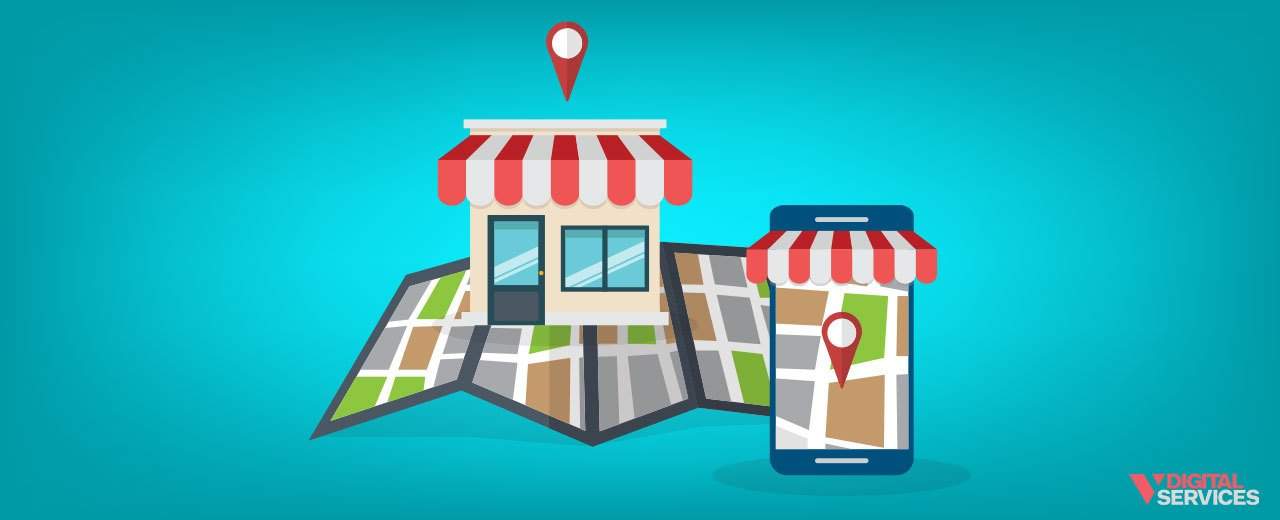
There are several other benefits to local landing pages that have been strategically designed:
- Lower bounce rates
- Better lead generation
- Higher conversion rates
- More real-world foot traffic in your business
Home page vs. landing page: What’s the difference?
Your home page is a “big picture” view of your business. Typically, it will include sales-oriented language, a concise description of your products or services, general information, and possibly your business motto or mission.
In contrast, a landing page zooms in on a specific service, product, feature, ad campaign, or location. A local landing page is one type of landing page intended to reach users located within your business’s geographical area.
Do I need a local landing page for every location or service area?
Simply put, yes. If your business has multiple locations or various service areas, you’ll want to create local landing pages for each one. That way, you can make sure that you’re taking full advantage of the opportunity to appear in local searches relevant to your business.
Here’s an example of why it matters:
Let’s say that your business designs, bakes, and decorates custom cakes for clients throughout Arizona’s Phoenix Metro area. When a user searches for “custom cakes in Chandler, AZ,” a city that’s included in that larger area, you’d want to be confident that your business would come up, right? But if you only had a basic landing page for Phoenix and not Chandler, the odds wouldn’t necessarily be in your favor.
How a Solid Landing Page Strategy Can Help SEO
You already know that a local landing page strategy can be key in bringing customers into your business. But what can it do for SEO?
As it turns out, when you’re looking for ways to improve SEO significantly, landing page strategy is one of your best bets. And stronger SEO translates into benefits across the board.
Here’s how:
Better local search authority
There are two basic categories for local searches.
- Implicit local searches use a user’s location, combined with a generalized search time (like “vintage furniture”).
- Explicit local searches are those that contain all of those details in the search query itself (“vintage furniture in Chicago, IL”).
A local landing page carries more local search authority for both types of searches, which will benefit your position in the search results.
Regardless of whether the user includes a geo-modifier in their search query (in the example above, the geo-modifier is “Chicago, IL”), Google does its very best to pinpoint local connections whenever possible. So, when the platform is generating the local three-pack and other top results, it prioritizes the sites that carry the most local search authority.
Ultimately, the goal of the search engine is to provide the most relevant search results for the user, and local landing pages fit the bill.
A platform well-suited to unique local content
Quality content is among the most effective SEO efforts, which also applies on a local level. With a local landing page, you gain the space to publish locally-focused content in a way that feels authentic and natural.
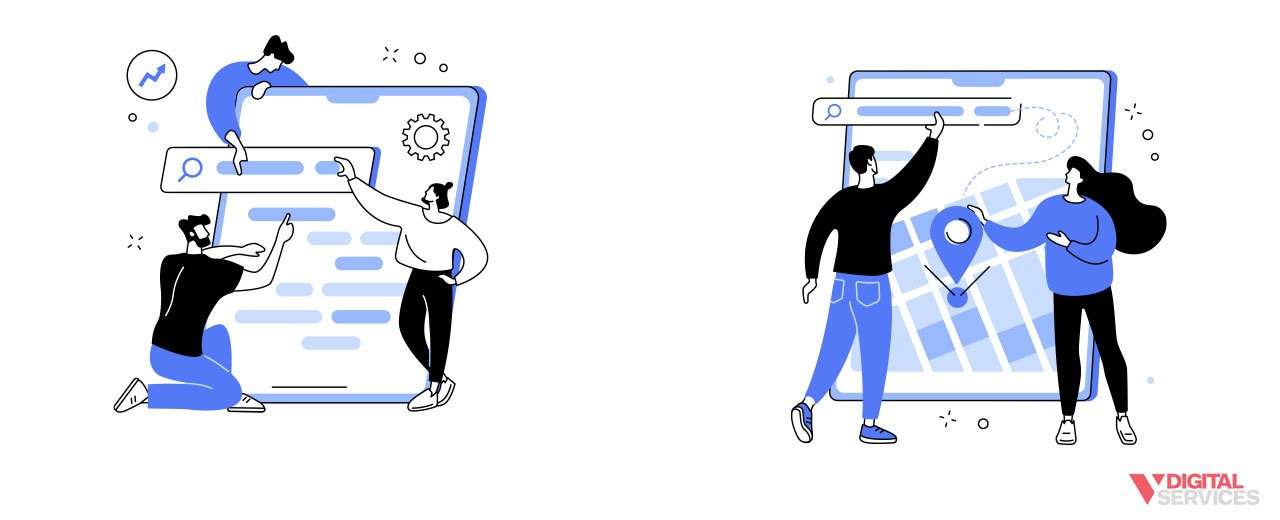
Not only will that generate local traffic, but it can also help you get backlinks from sources relevant to your local audience.
Some ideas for local landing pages’ content include:
- Special deals provided at a specific business location
- Customized menus or service offerings
- Customer reviews for a certain area
- Events hosted at one or all locations
For example, if you center a local landing page on your restaurant’s upcoming New Year’s Day brunch deals, you could score a link on a roundup of local New Year’s Day deals or events.
More opportunities for lead generation
There’s not a single business out there that would turn down the change to generate more leads. And yet, many small and local businesses aren’t putting local landing pages to use.
Local news sites, blogs, and regional guides are much more to link to a local-centric page rather than the general home page of your business. So, local landing pages can make a big impact in strengthening your backlinks profile – which you already learned in the section just above this one. But these links also help each local page get better rankings for searches conducted in your area.
How to Build Local Landing Pages that Convert
Now that you know just how productive a local landing page can be, you’re probably pretty eager to start building your own.
Depending on your experience with digital marketing, analytics, and page-building, the process might be fairly straightforward… or it could leave you feeling more than a little lost. Keep in mind that securing the services of a professional web design and marketing team is often the best investment of your time, energy, and money. So, if you feel like this is a task best left to an expert, you’re likely making a solid choice.
But whether you want to work with an expert or try to do it yourself, we’re breaking down the process for building a local landing page, step by step.
1. Pinpoint where your customers are located.
When you own a local business that only operates at a brick-and-mortar location, you can be pretty certain that a large majority of your customers are based in your general geographical area. And yet, you might not know exactly what your “radius” of local customers looks like. This is why you need to be very intentional about identifying your target audience/customer base.
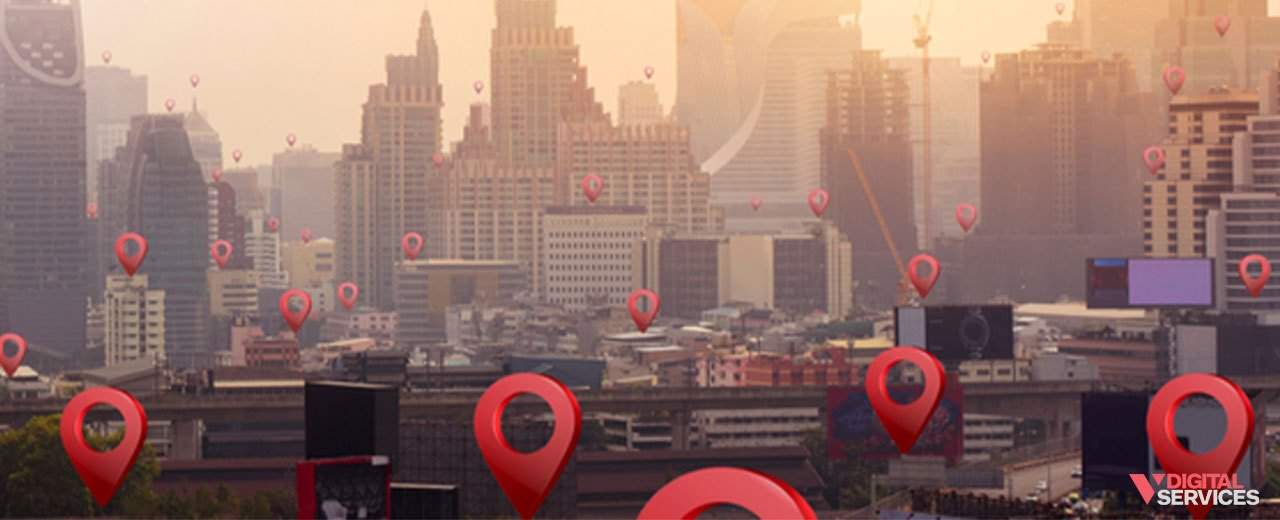
Launching local landing page designs is one thing, but managing to reach the right people (in the right place) is its own challenge. Making sure that local users can find you – in other words, the core goal of local SEO – is key in setting up successful lead generation.
So, how do you know where users are located? All you need is a location activity map, which will provide you with invaluable audience insights. Those details will help you address two key questions:
- Where are your customers/local traffic currently coming from?
- Which local areas are you not currently drawing traffic from?
Accessing location activity information is generally pretty simple on most major analytics platforms. To find your audience location on Google Analytics, you will start on your dashboard and click through this path: Audience > Interests > Geo > Location. Click on United States (or the relevant country) to see a state-by-state breakdown. Finally, you can click on each state to view user location on a city level.
With that city and state information, you’re already equipped with a basic framework for local keywords and SEO for a local landing page. For example, if you observe that a large percentage of customers for your auto repair business are based in Sacramento, CA, you could reasonably assume that “auto repair in Sacramento” may be a good keyword option.
2. Incorporate localized metadata to strengthen the page’s relevance.
In the world of the Google search algorithm, relevance holds considerable value. If you put two natural links in front of Google, one from a relevant site and from a high-authority but irrelevant site, the link from the relevant site will always be given more weight.
A page’s metadata and meta tags are an excellent place to create relevance, making them a vital part of a well-performing landing page. Essentially, it is the metadata that forms a language of sorts, specifically for search engines to interpret. So, using keywords and terms that accurately describe the singular purpose of your page makes it easier for search engines to understand why they should provide the page in a user’s search results. Optimization is key, so take the time to do it the right way.
The metadata section of a page has three components:
- Title tags: Will be preceded by “<title>” in the page’s source code
- Meta descriptions: Will be preceded by “<meta name=”description”>” in the page’s source code
- Keywords: Will be preceded by “<meta name=”keywords”>” in the page’s source code
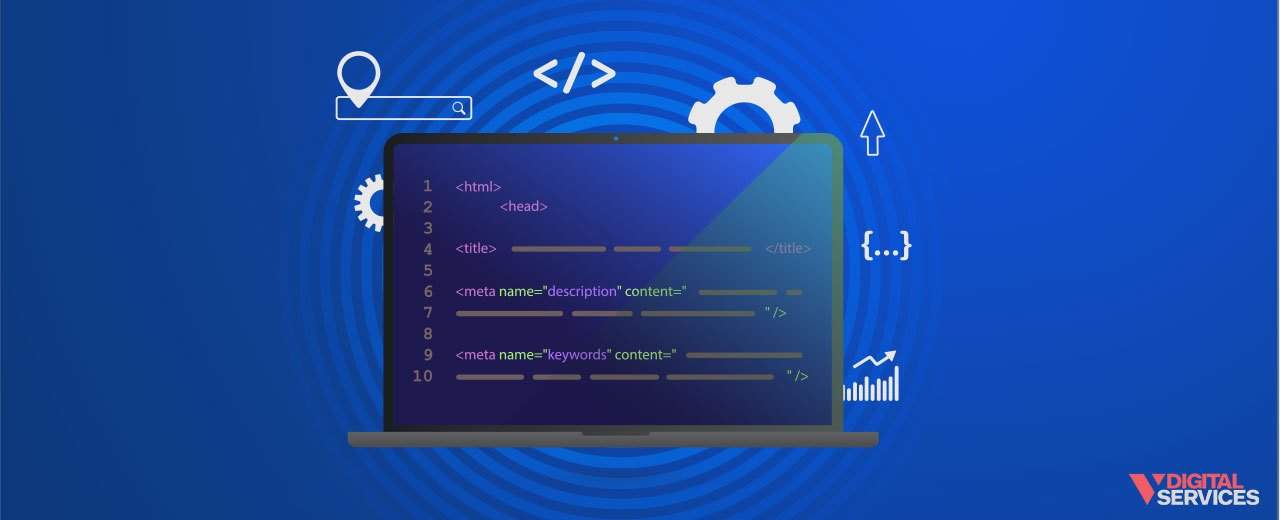
Here are a few guidelines for building localized keywords into each one:
- In title tags, use the primary keyword + city (state optional)
- Custom Engagement Rings in Portland, OR
- Freelance Jobs Philadelphia: How to Find Yours
- The meta description will be what search users see directly in the Google search results, so be sure to make it interesting and keyword-relevant.
- For example, if your primary keyword is “interior design Santa Fe,” your meta description can include a close (not exact-match) keyword: Turn your house into a stylish, sophisticated home with interior design services from Smith Design, based in Santa Fe, NM. Our talented team will translate your vision into a beautiful reality.
- Keywords in metadata are exactly what they sound like – a list of the keywords relevant to your page, entered directly into the metadata in the source code.
3. Make sure your landing pages are personalized to serve local users on mobile devices specifically.
This might sound overly obvious, but a local landing page must absolutely be designed with a specific set of local users in mind. So, if you’re creating a local landing page for your exterior renovation services in Dayton, OH, it should be a perfect fit for a Dayton, OH, resident looking for exterior renovation services.
Here’s what that looks like in practical terms:
- Local users are searching for you on their mobile devices, so responsive (mobile-friendly) design is necessary.
- When a user conducts a local search, they’re generally looking for a certain kind of information. They don’t want a generalized overview; they expect very specific information about certain products/services within their geographical area. So, your landing page design and content should be speaking directly to the wants or needs of these highly focused, local search users.
- Don’t underestimate the impact of loading time. Users (especially those on mobile devices) won’t wait around for slow-loading web pages, and they’ll quickly click right to your competitor if your page takes even a second too long.
Think of these less as recommendations and more as requirements for a local landing page that brings in conversions.
Get More Local Traffic, Leads, and Conversions with Strategic Landing Pages

Do you have a clear and effective strategy for local landing pages? What about a plan for consistently building on your local SEO efforts? And are you using data analytics and tracking tools to figure out which landing pages are performing well and which are not?
If you answered “no” to any of the questions above, it doesn’t mean your business is doomed to failure. But what it does mean is that you’re likely long overdue for a partnership with a professional, experienced digital marketing agency. With the right team of SEO strategists, web designers and developers, and marketing specialists, you’ll be maximizing your local landing page potential in no time.
V Digital Services is a full-service digital marketing firm with clients all over the U.S., including a wide range of business types, sizes, and niche industries. We understand what it takes to get an online user to progress from a casual online search to a purchase as your business, and we’re ready to put that expertise into action on your behalf. Our team collaborates with each of our clients to develop a highly tailored and targeted strategy that addresses all your strengths, challenges, and goals.
Learn how to stay competitive in your local market and online when you contact V Digital Services today.
Image Credits: Andrey Suslov/Shutterstock
Visual Generation/Shutterstock

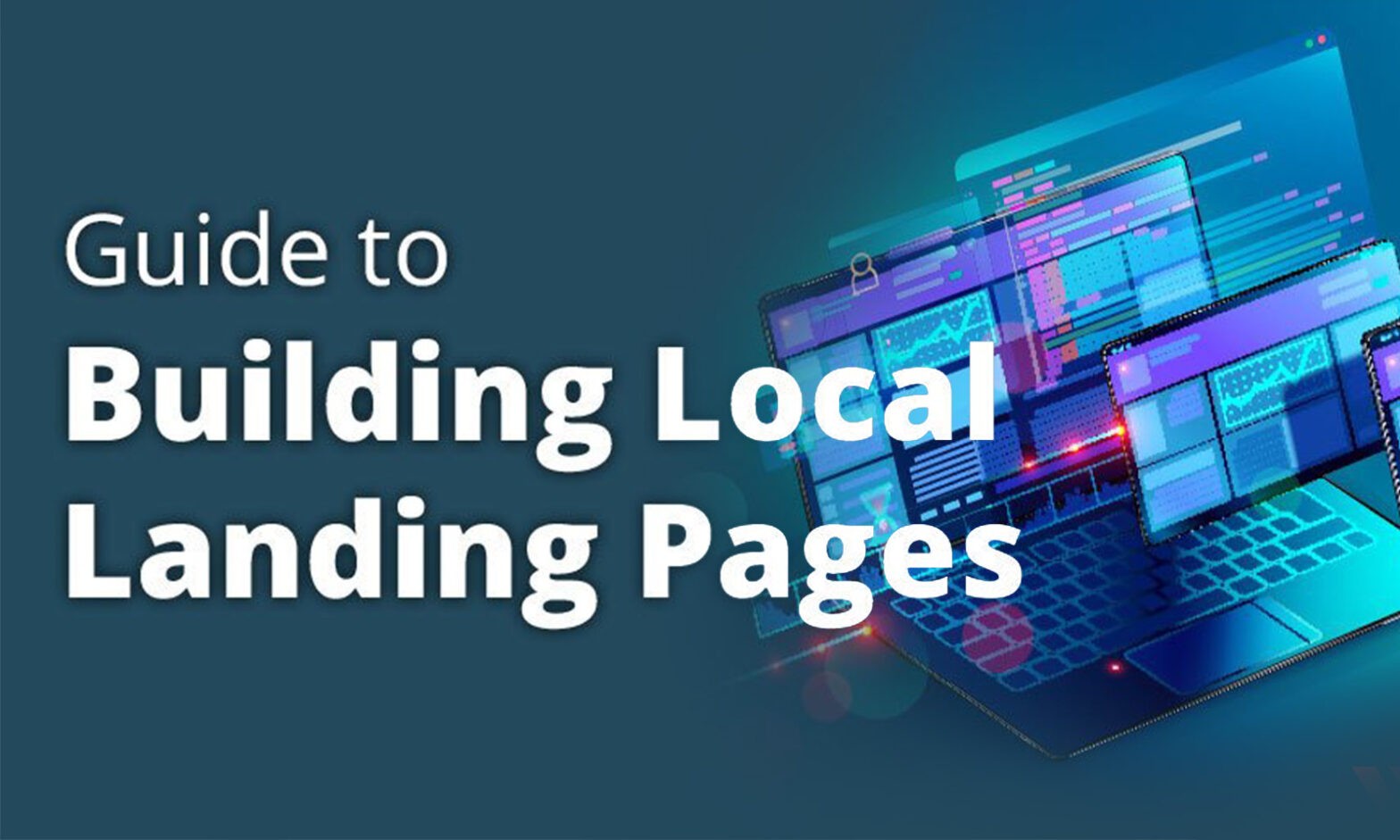


Interesting article. I also agree that local landing page must be for every location or service area, this definitely gives more conversion.